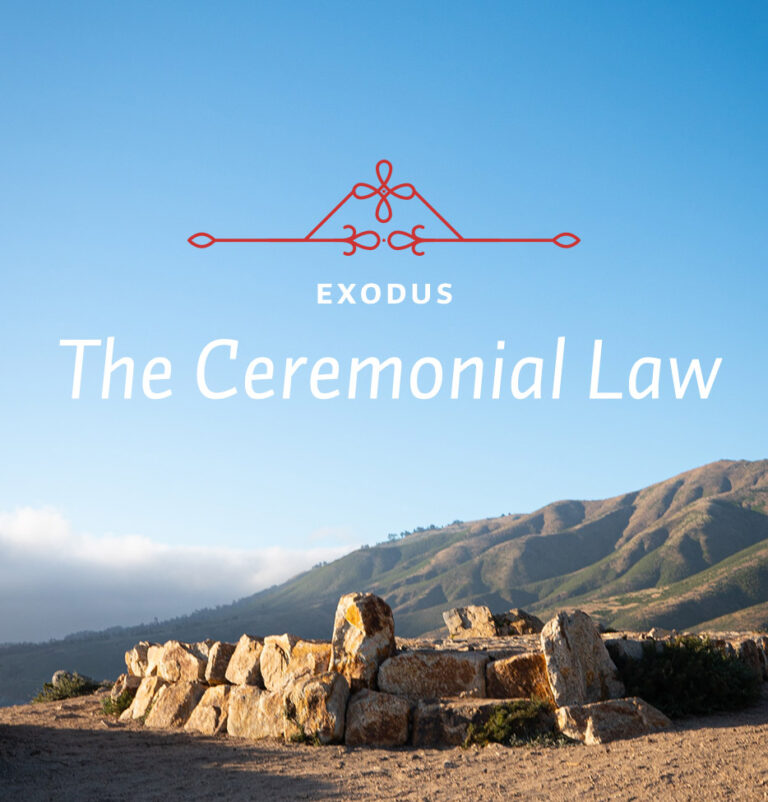
Monday: God’s Building Instructions: Exodus 25:1-31:11
The book of Exodus falls into two main parts. The first part has to do with the exodus itself, which gives the book its name. The second part deals with those early months of Israel’s desert wandering, during which God gave them three types of law: the moral law, embodied in the Ten Commandments; the civil law, having to do with their civil government; and then finally the ceremonial law.



